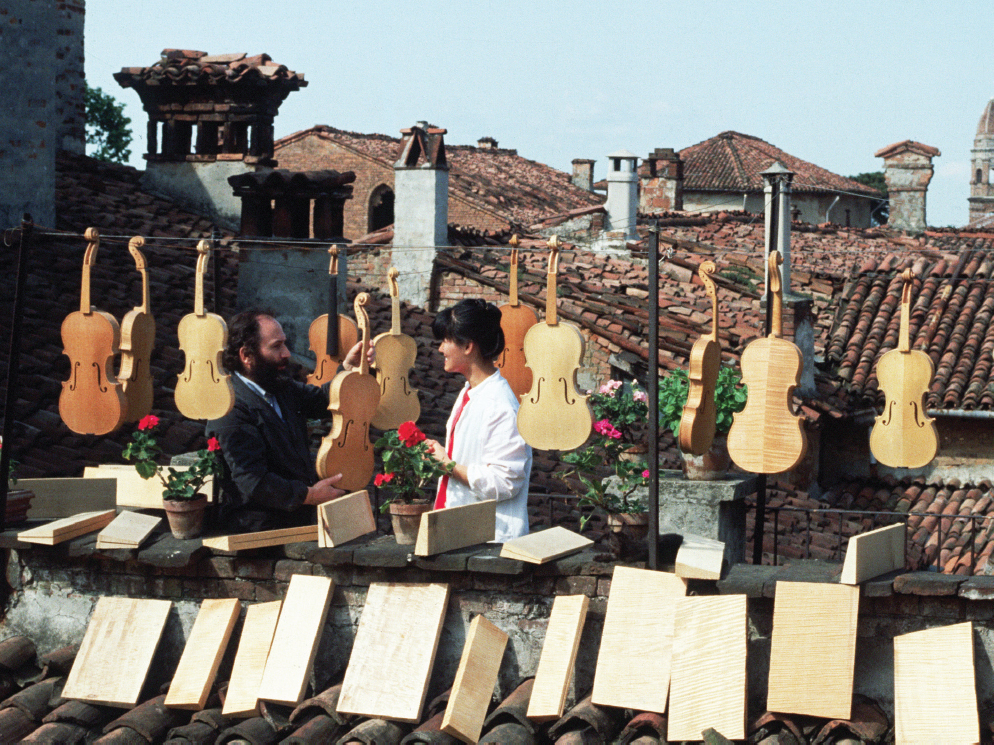CHAPTER
10
Baroque Instrumental Music
In the early music of Europe, music with words was the norm; strictly instrumental music was less common and less important. In the Middle Ages, words for the church services were sung by monks and nuns as Gregorian chant, and later some of these same words were set to new polyphonic music for cathedral choirs and royal chapels. Troubadours set their love poems as solo songs. Later, in the Renaissance, polyphonic church music proliferated and love poetry was set to music as madrigals, intricate part-
But part of the importance of the Baroque era was that for the first time, listeners and musicians began to take instrumental music much more seriously. A momentous change was set in motion, one that came about gradually. It is revealing of the trend that the foremost composer at the very beginning of the Baroque period, Claudio Monteverdi (see pages 85–87), composed no strictly instrumental music, so far as we know. At the end of the period, instead, Bach, Handel, and Vivaldi alone left us many hundreds of instrumental compositions.
The reasons for the rise of instrumental music are not entirely clear. It can hardly be a coincidence, however, that it took place at the same time as improvements in the technology of instrument making. The name of Antonio Stradivarius (1644–
In any case, the rise of instrumental music meant that there had to be a basic understanding between composers and audiences about instrumental forms and genres. To pose the most basic question: When the music starts, what should the listener expect, and how long should the composer keep going? With vocal music, the answer was (roughly speaking): until the words end. For instrumental music, there was no such answer. Conventional forms and genres, understood by both composers and listeners, had to supply it.
In this chapter we look at the most important instrumental forms and genres established in the Baroque era. Baroque vocal music will be treated in Chapter 11.
